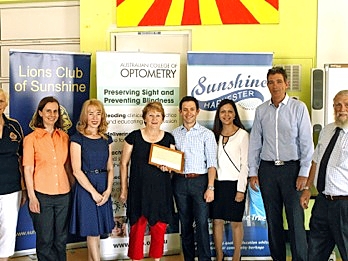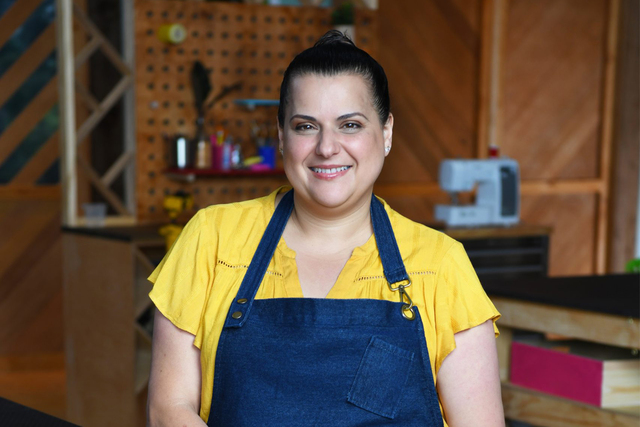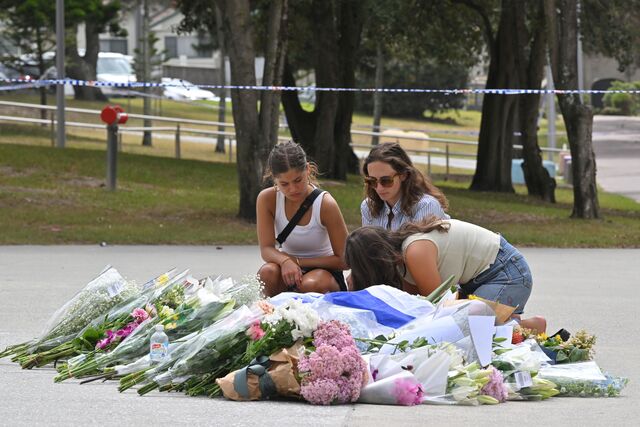A new report has revealed that in low socio-economic areas are missing out on treatment for vision impairment.
In research for the Australian College of Optometry paper Barriers to Vision Correction For Children In a Disadvantaged School Community, optometrists performed eye examinations on 414 pupils at Sunshine Harvester Primary School.
The school was chosen based on recent refugee arrivals, its catchment’s low-income profile and its high proportion of families from non-English-speaking backgrounds.
The study also tested 71 pupils from Candlebark School in Romsey, a demographically contrasting school that was used as the clinical control group.
The report found that while 30 per cent of children from both schools had some form of vision impairment, children at Candlebark school were nearly three times more likely to have already had an eye test.
Interviews with parents and teachers revealed eye examinations and treatment costs, including glasses, were a deterrent.
Teachers reported lacking confidence in identifying students with vision problems.
Australian College of Optometry chief executive Maureen O’Keefe said it was critical that subsidised public health eye care be made available to students most in need.
She said she hoped the study would lead to increased community awareness about the importance of eye examinations and treatment.
“If kids have issues with vision, it impacts their ability to learn effectively,” she said.







